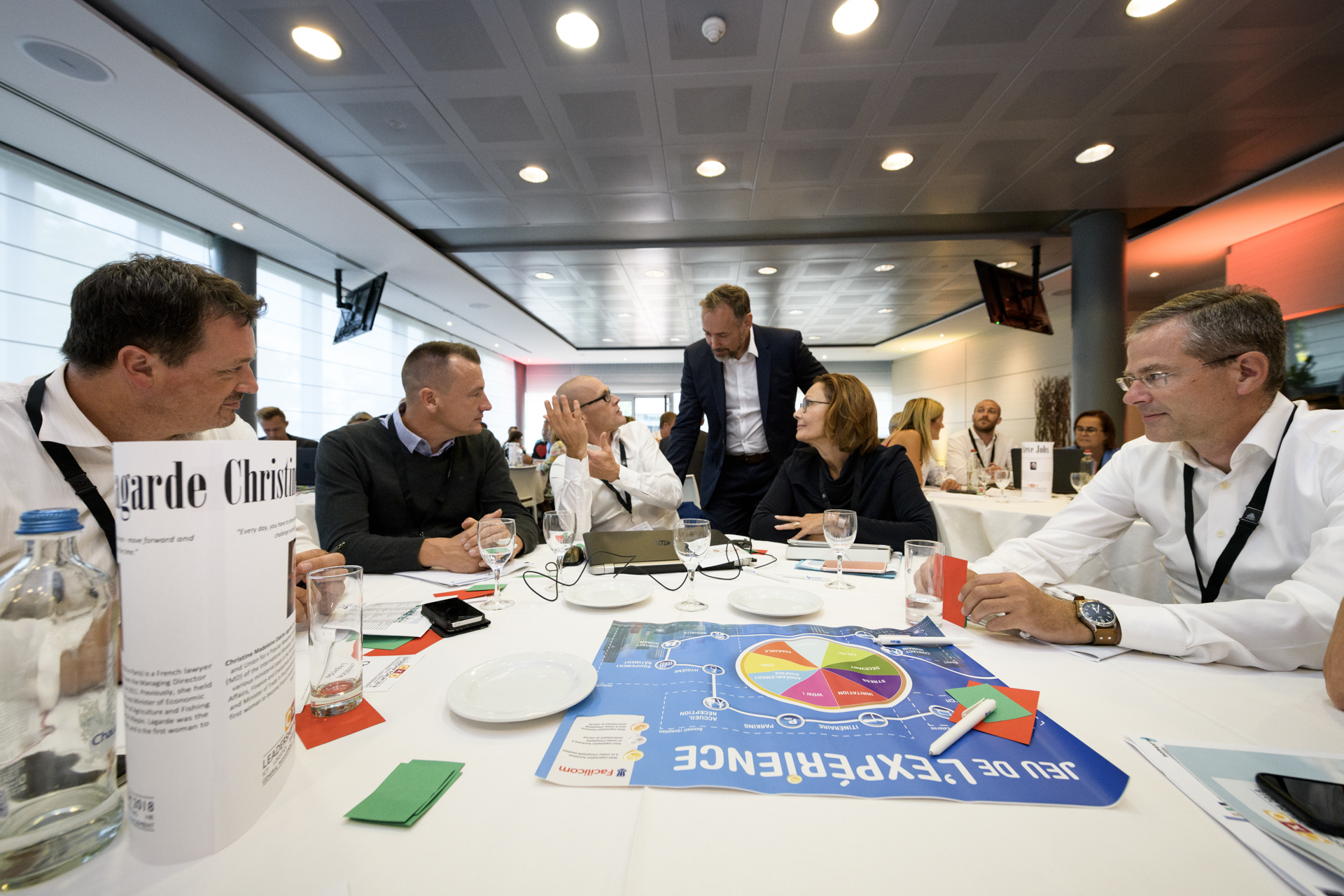WELL buildings are designed to enhance the health and happiness of the people who live, work, or visit them. They are based on a holistic framework that addresses 10 concepts of well-being: air, water, nourishment, light, movement, thermal comfort, sound, materials, mind, and community. But how can you apply these concepts in practice and create spaces that promote occupant well-being? Here are some best strategies to consider.
Air quality
Poor indoor air quality can cause or worsen respiratory problems, allergies, headaches, fatigue, and cognitive impairment. To improve air quality, WELL buildings use high-efficiency filters, ventilation systems, low-emitting materials, and plants that purify the air. They also monitor and control the levels of pollutants, humidity, and carbon dioxide in the indoor environment.
Water access
Water is essential for hydration, digestion, circulation, and skin health. WELL buildings ensure that occupants have easy access to clean and safe drinking water through filtration systems, dispensers, and refill stations. They also encourage water conservation and reuse through efficient fixtures, rainwater harvesting, and greywater recycling.
Nourishment options
Nutrition plays a key role in physical and mental well-being. WELL buildings provide nourishment options that support healthy eating habits, such as fresh fruits and vegetables, whole grains, lean proteins, and low-sugar beverages. They also limit the availability of processed, fried, or high-sodium foods and promote mindful eating through signage, education, and portion control.
Light exposure
Light exposure affects our circadian rhythms, mood, alertness, and productivity. WELL buildings optimize natural and artificial lighting to create comfortable and stimulating spaces. They use daylighting strategies, such as windows, skylights, and light shelves, to bring in natural light and reduce glare. They also use LED, dimmable, and tunable lighting to adjust the color temperature and intensity of artificial light according to the time of day and the activity.
Movement opportunities
Physical activity is vital for cardiovascular, musculoskeletal, and mental health. WELL buildings create movement opportunities that motivate and facilitate occupants to be more active throughout the day. They provide amenities, such as stairs, bike racks, fitness centers, and outdoor spaces, that encourage walking, cycling, exercising, and playing. They also design ergonomic and flexible workstations that allow occupants to change postures, stretch, and stand.
Thermal comfort
Thermal comfort is the degree of satisfaction that occupants feel with the temperature and humidity of their indoor environment. WELL buildings achieve thermal comfort by providing individual control, adaptive clothing, and radiant heating and cooling systems. They also use insulation, shading, and natural ventilation to reduce heat gain and loss and maintain a comfortable indoor climate.

